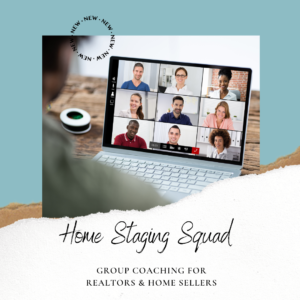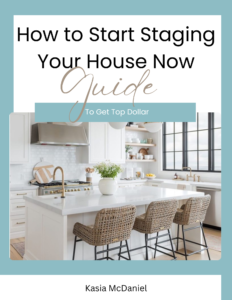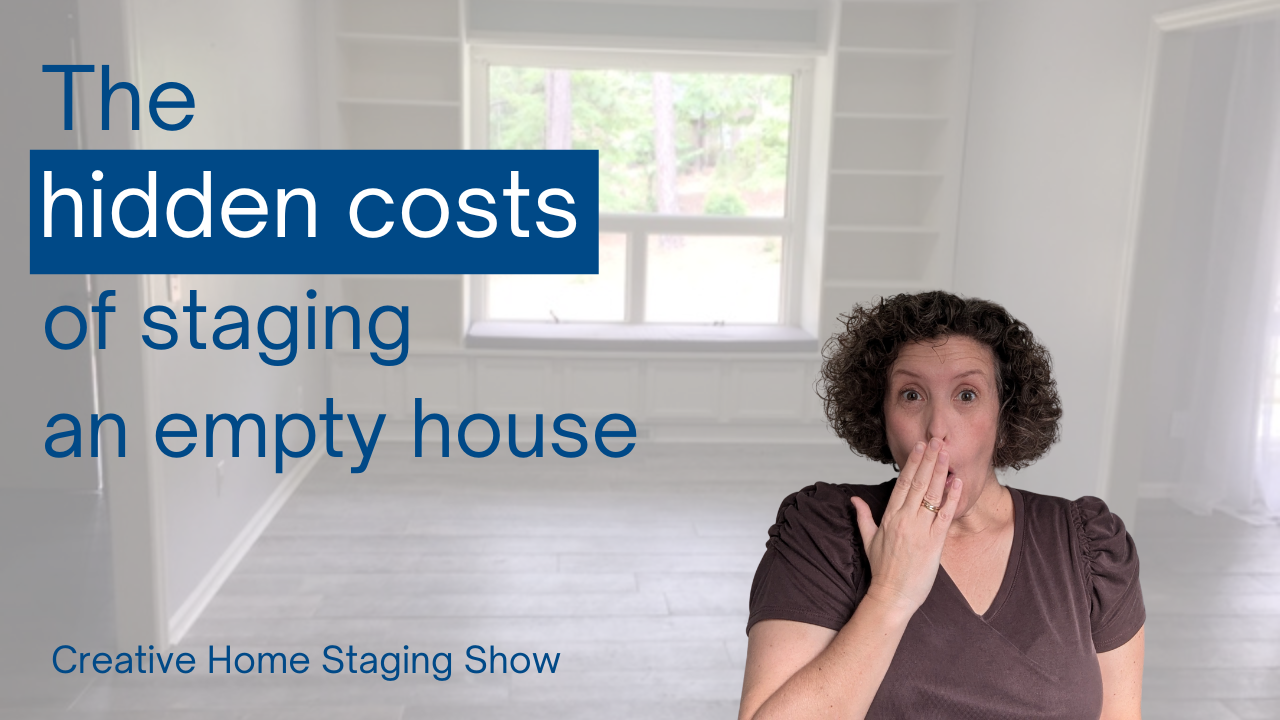
The hidden costs of staging an empty house
Episode 340
Thinking about selling your home empty? Think again! In this video, we’re uncovering The Hidden Costs of Staging an Empty Home. Many home sellers and realtors believe that empty homes are easier to sell because there’s “nothing to distract buyers.” But the truth is, vacant homes often take longer to sell and can cost more to stage than you think. From rental furniture limitations to hidden accessory costs, I’m breaking down real-life examples of what really goes into staging an empty property. If you’re new to home staging or want smart tips to help your listings stand out and sell faster, this video is a must-watch.
For those of you listening to the podcast, below are the pictures I refer to during the podcast.
Good examples of staging empty houses
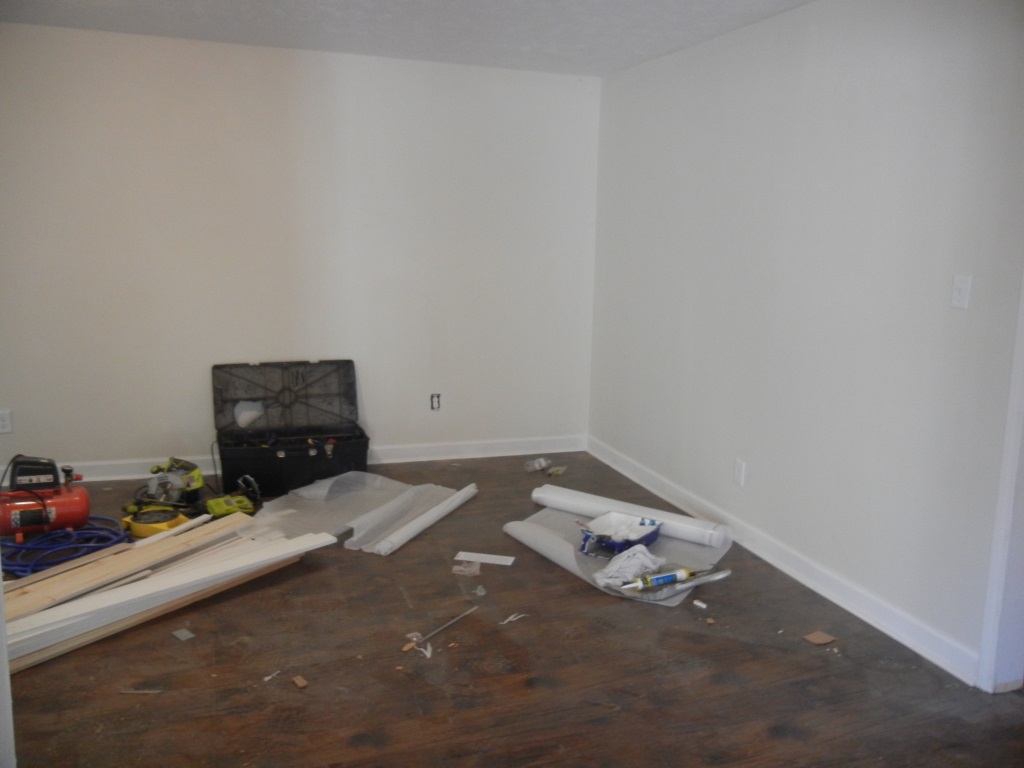
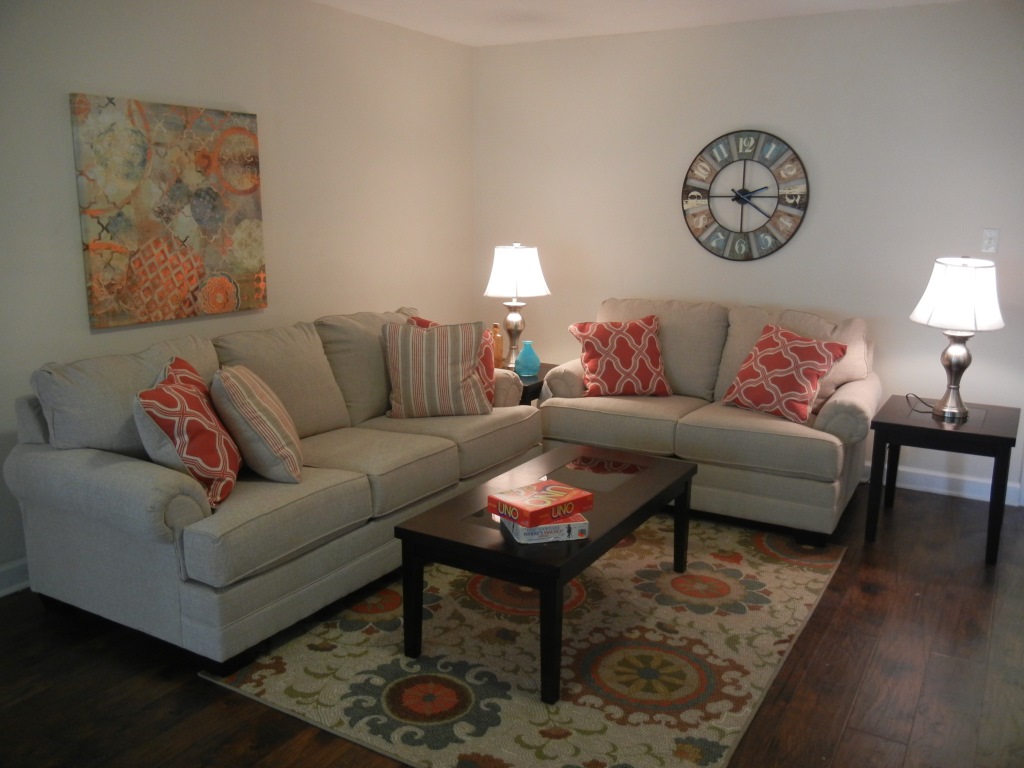
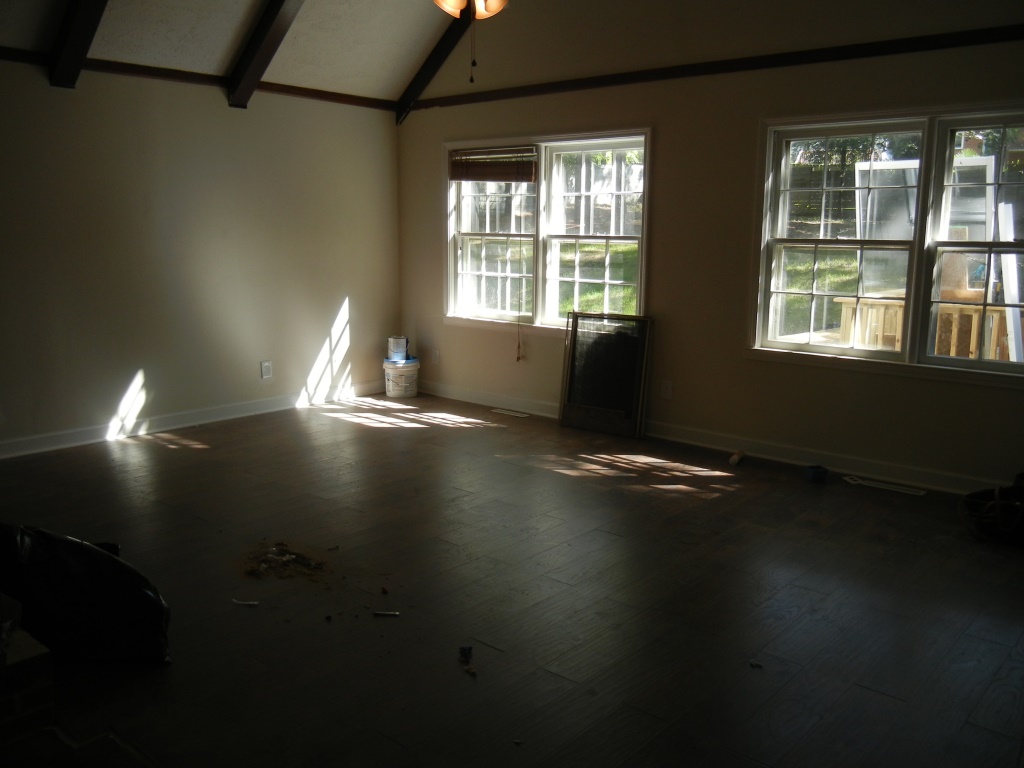
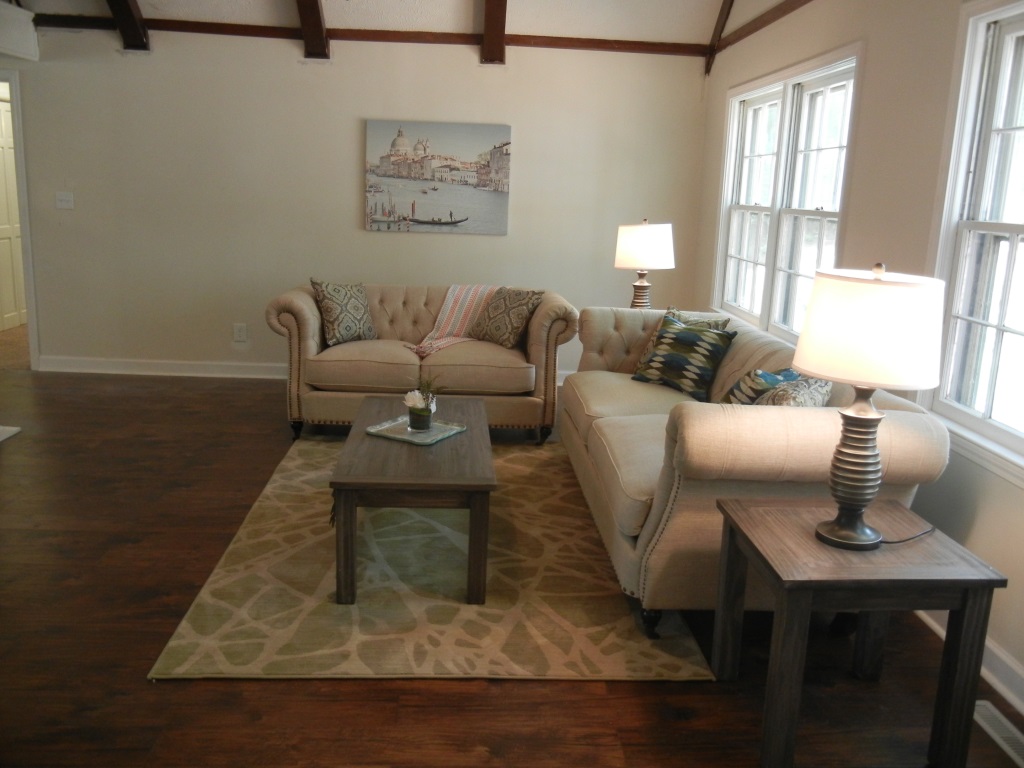
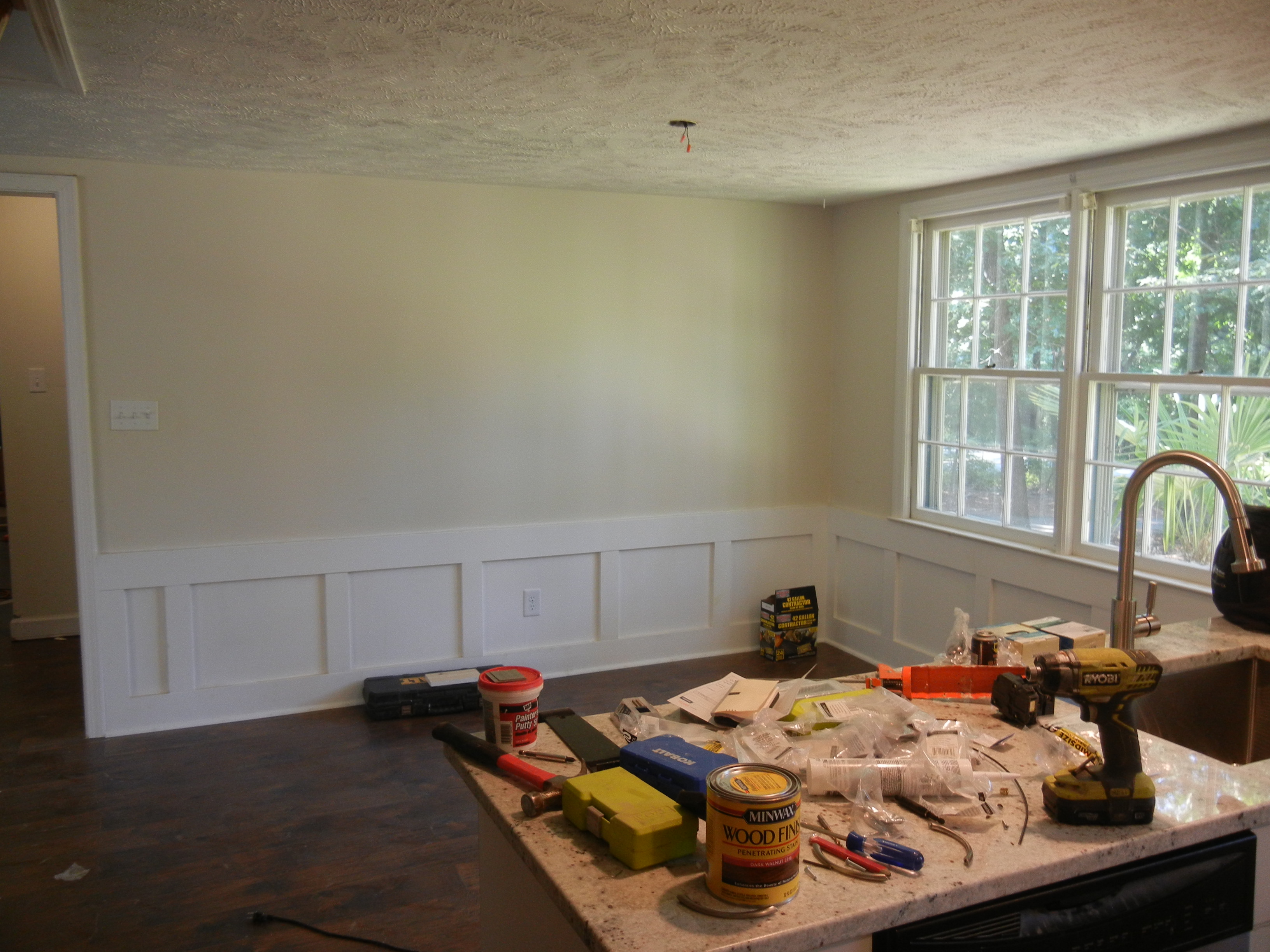
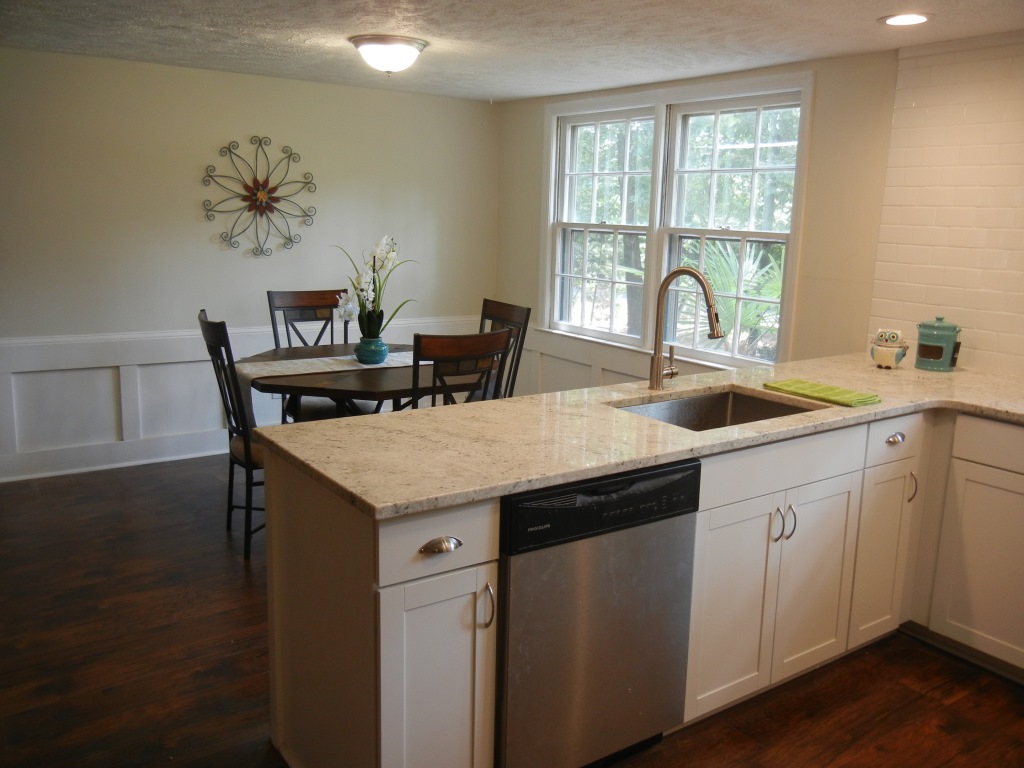
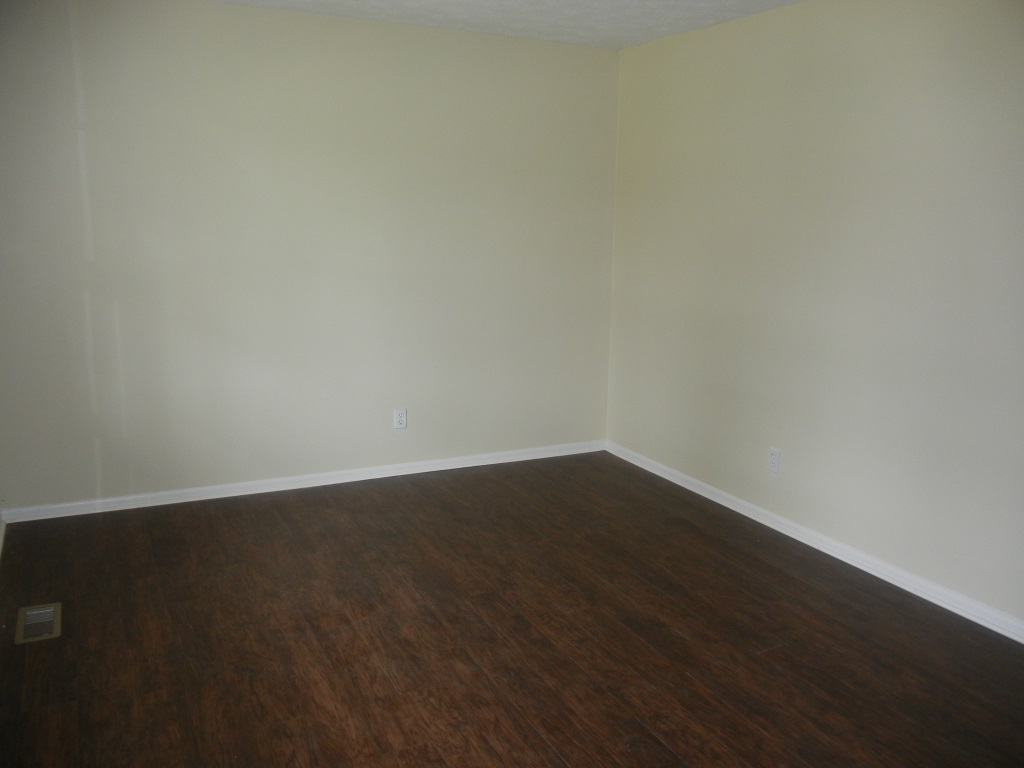
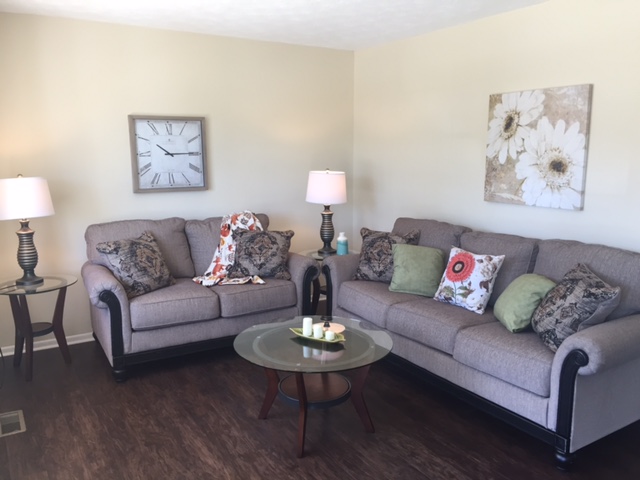
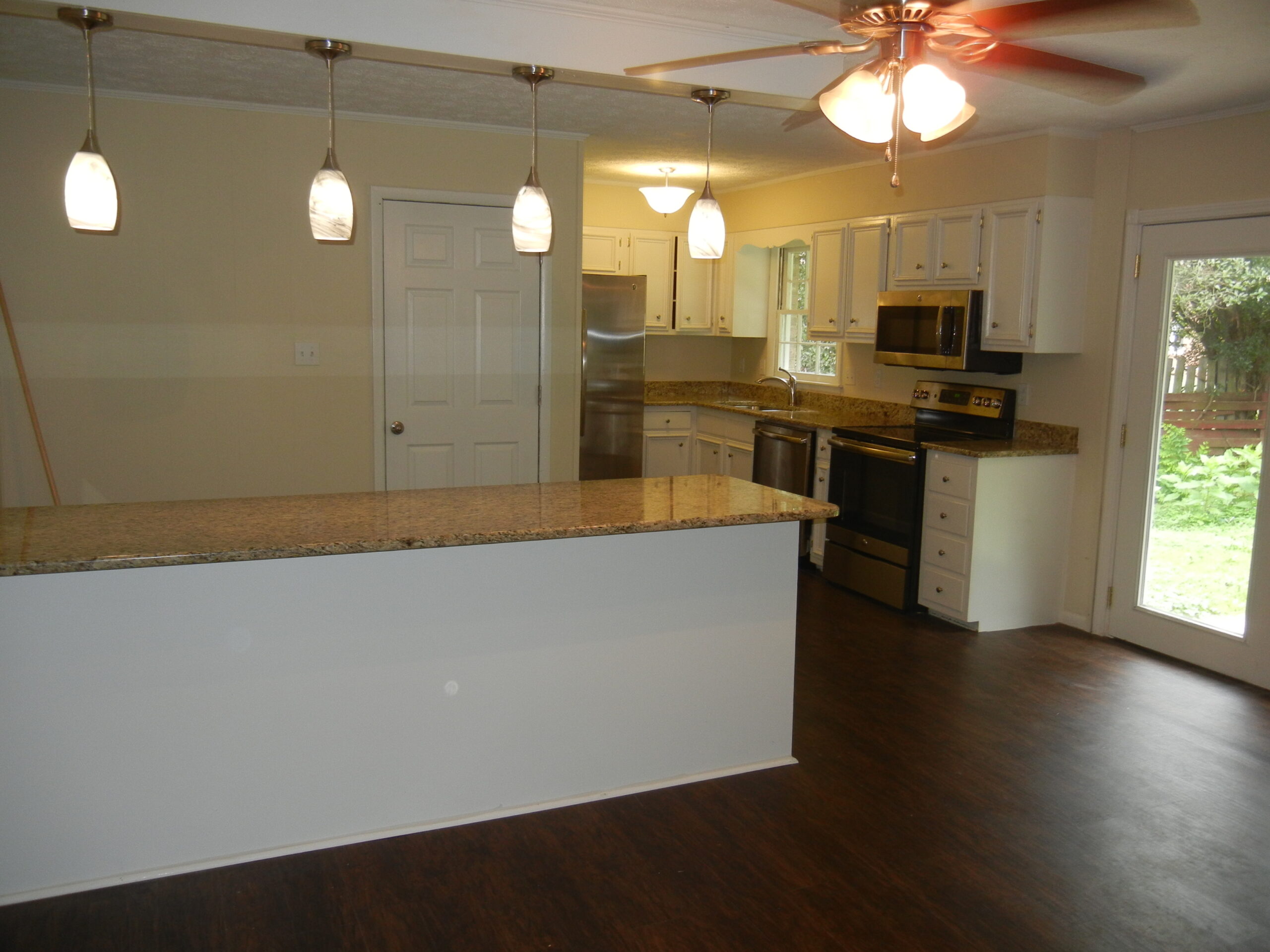
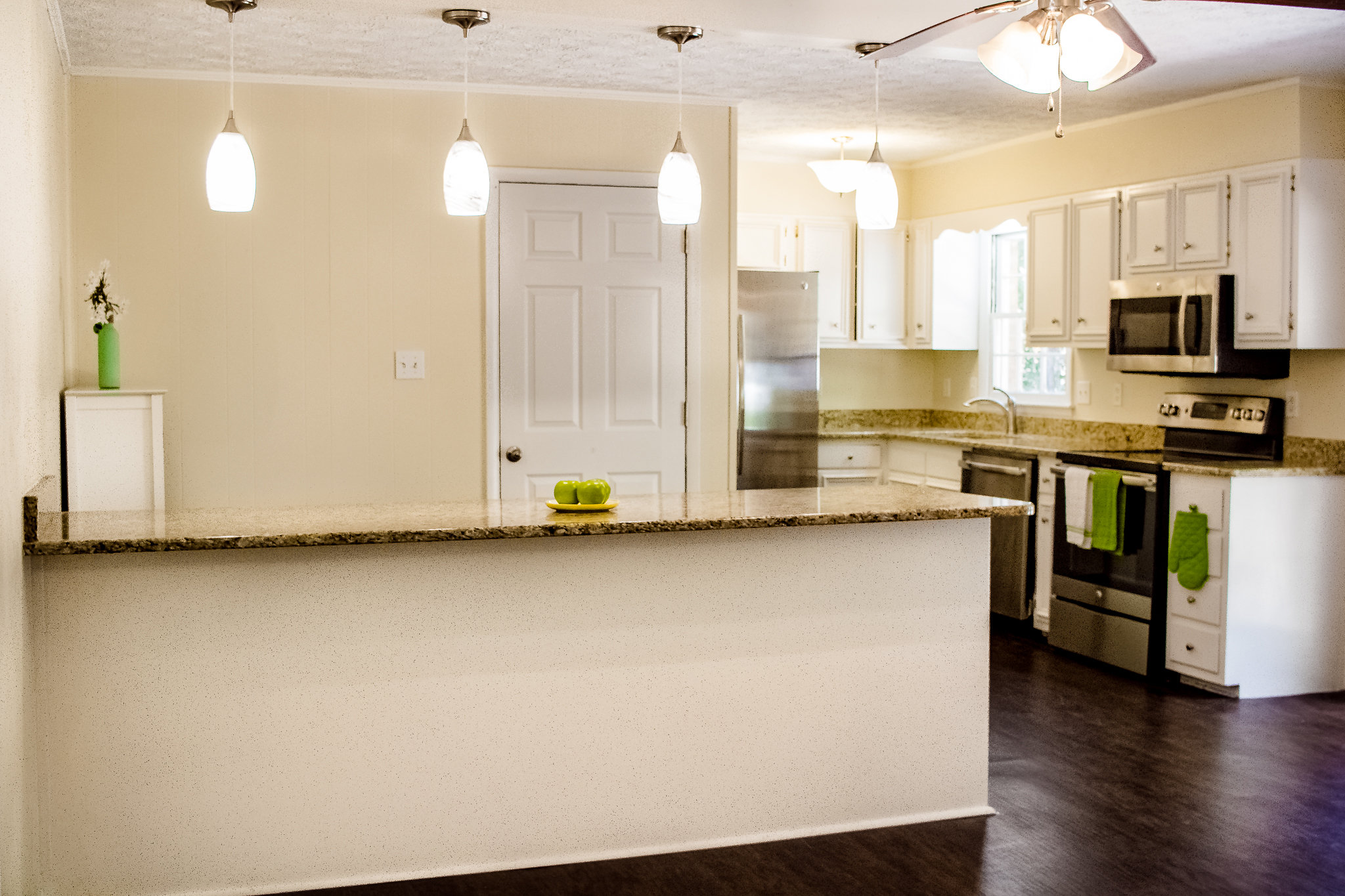
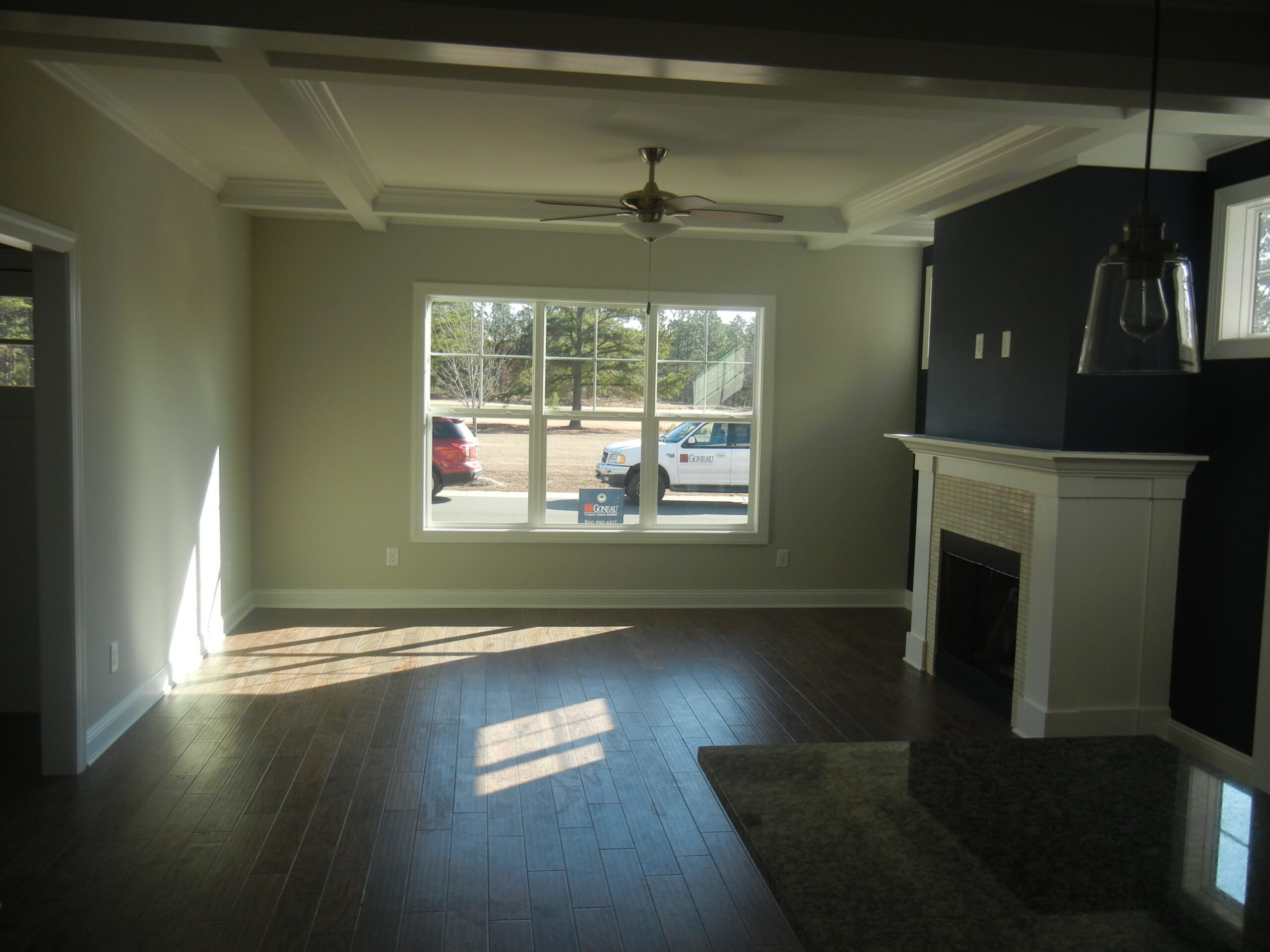
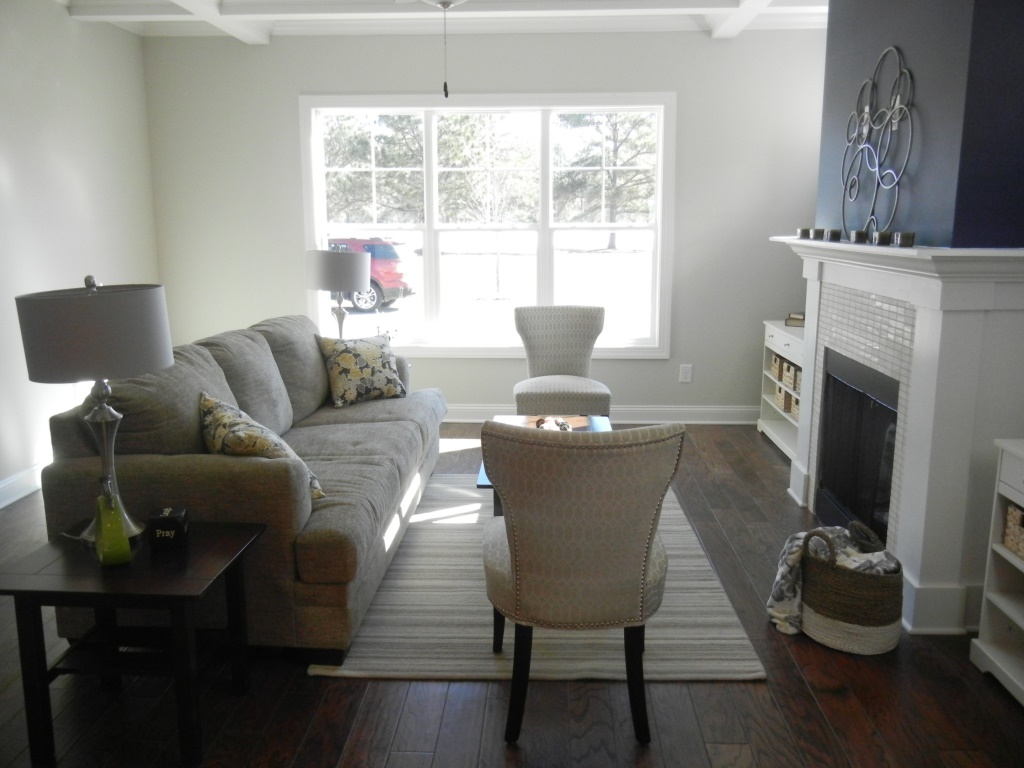
Bad staging examples of empty home staging
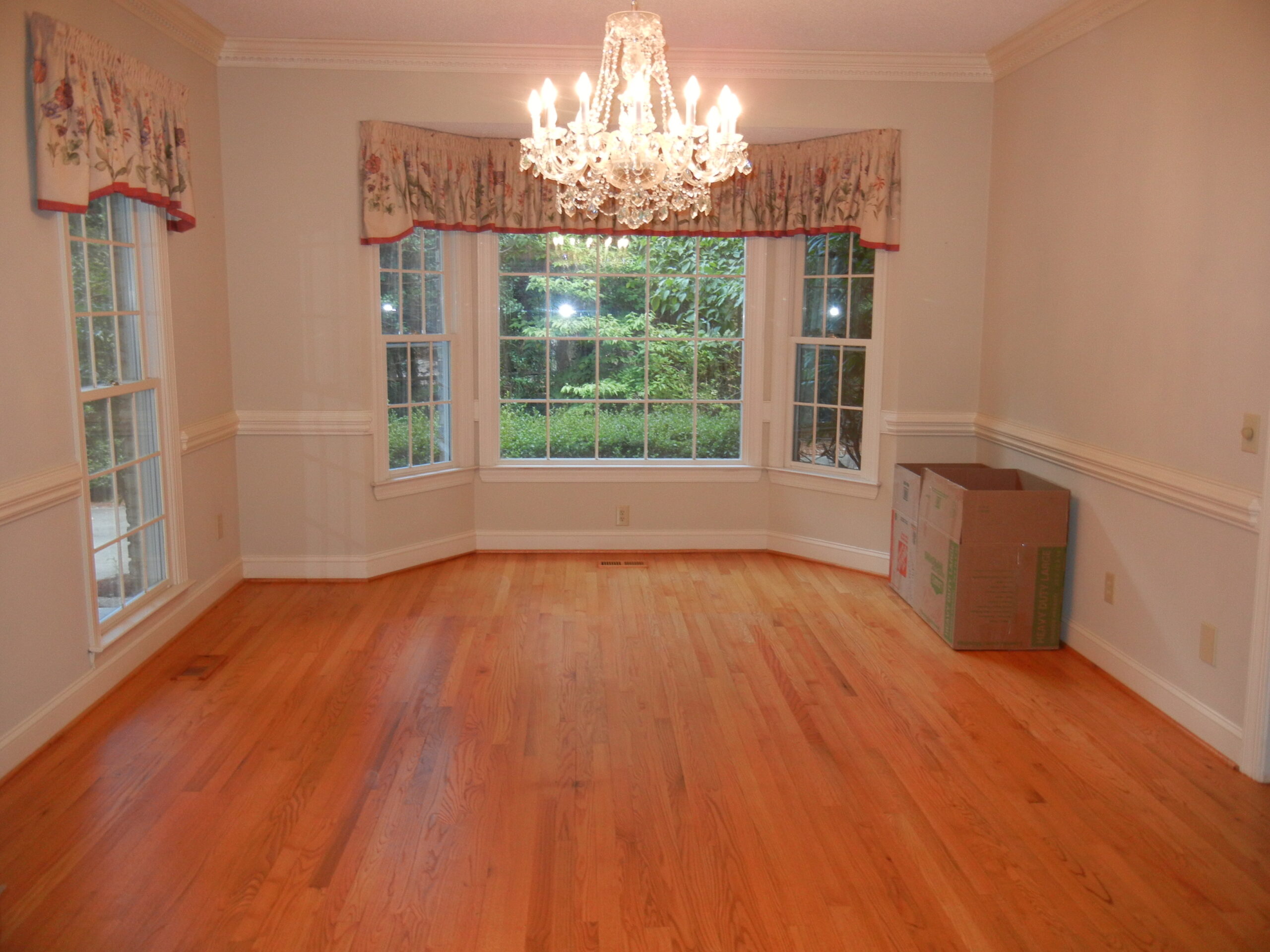
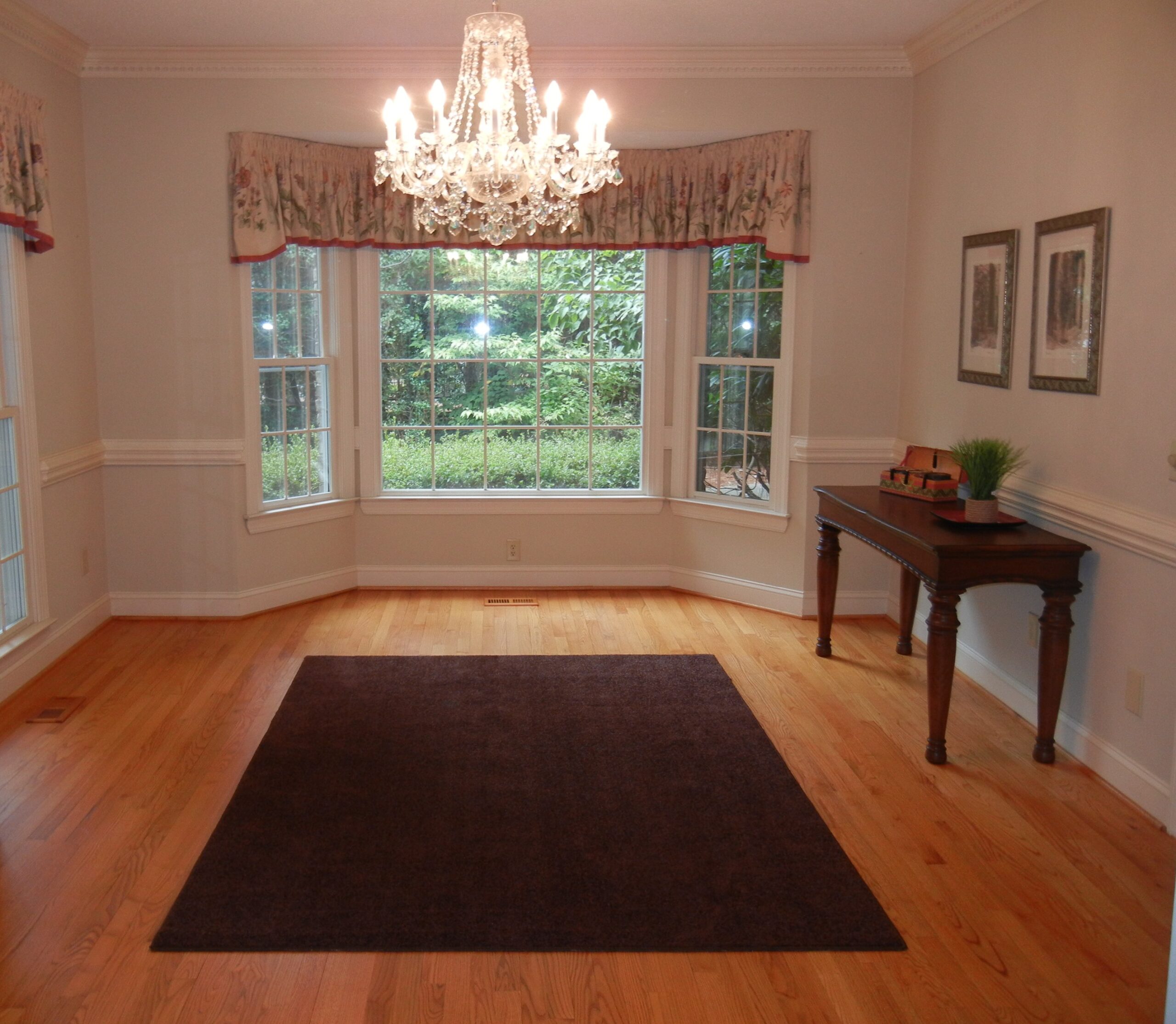
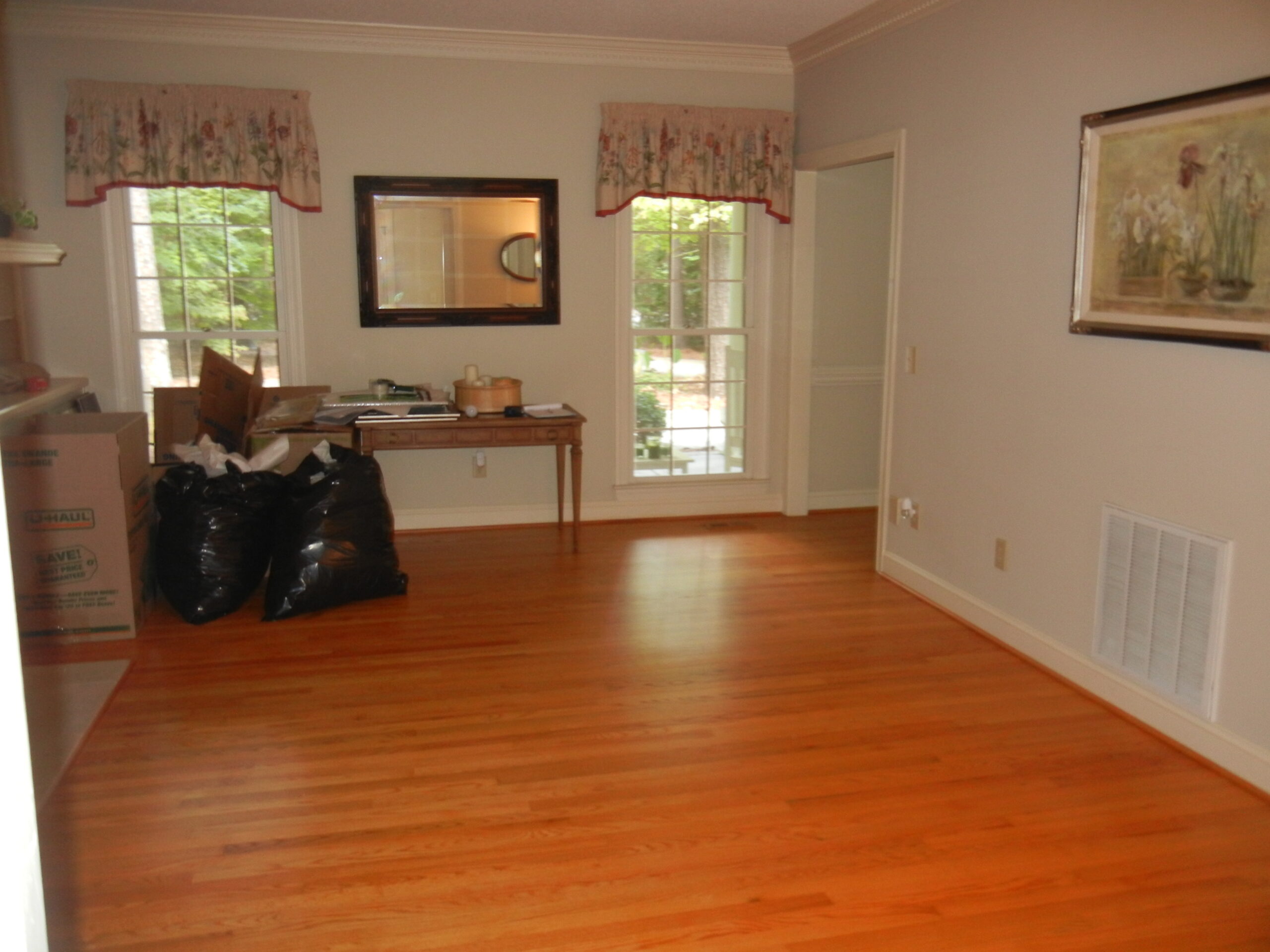
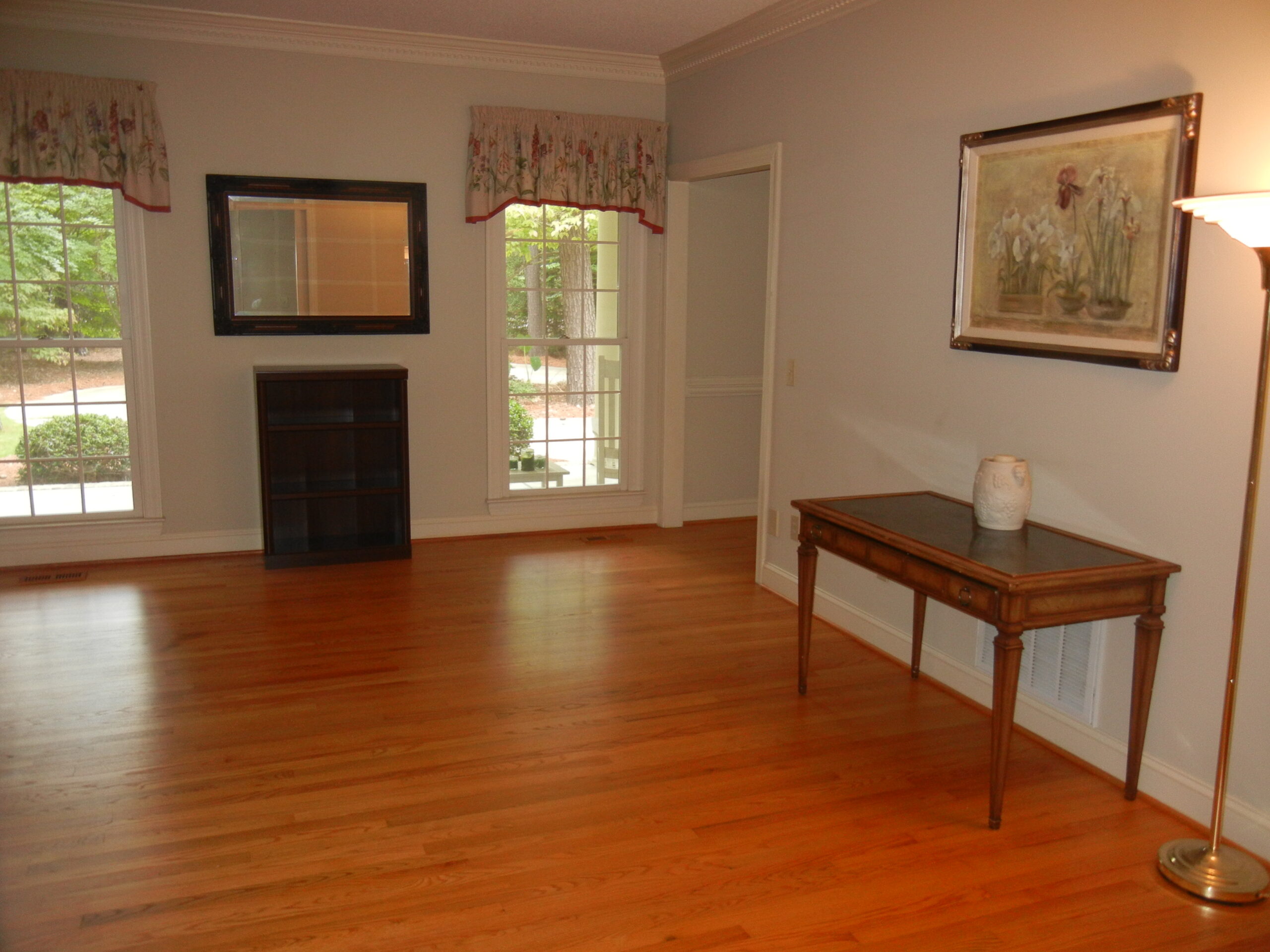
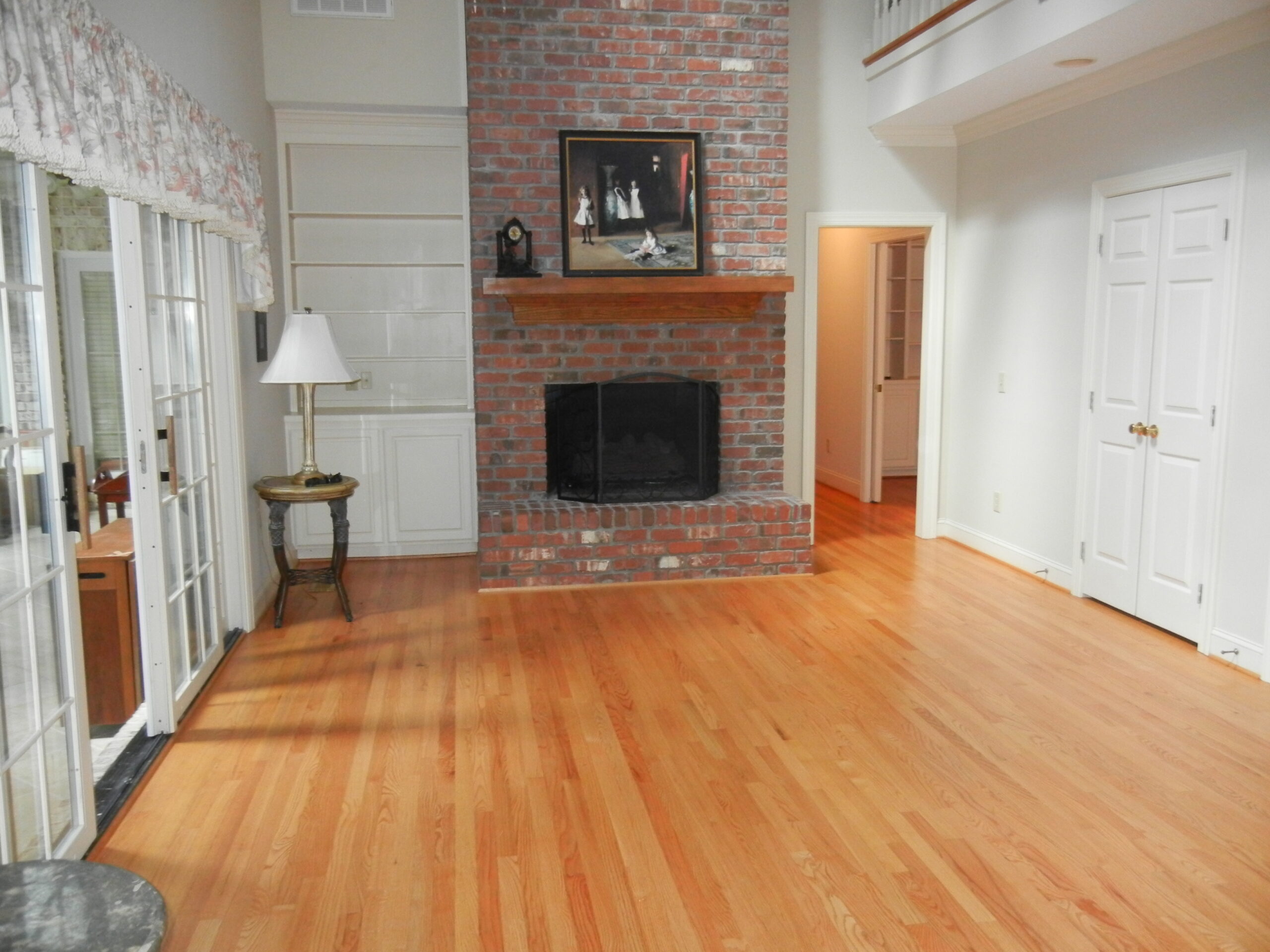
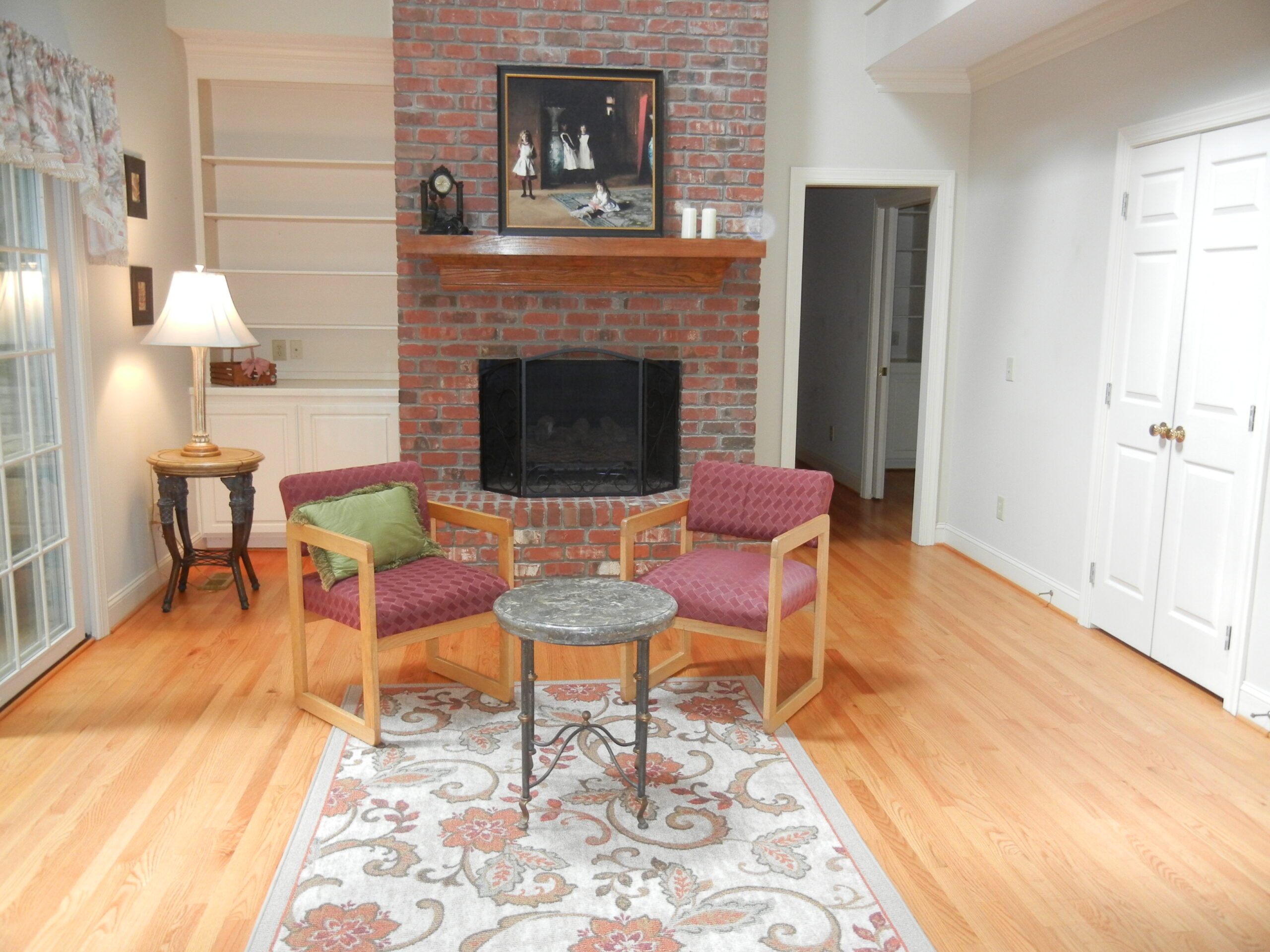
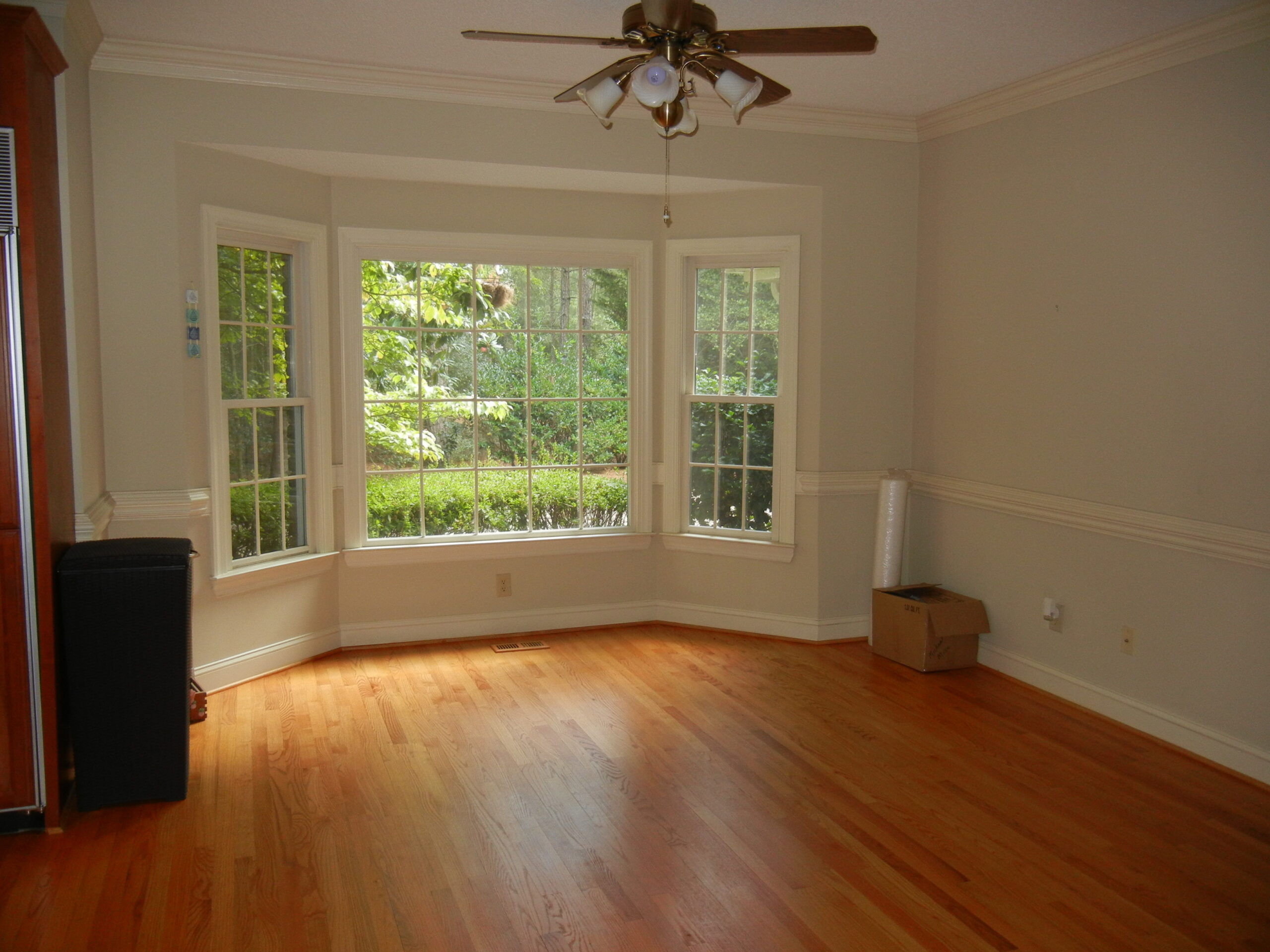

Mentioned resources:
How to Start Staging Your Home Now Guide (free)
You might like:
Home Staging Do’s and Don’ts playlist
Pre-home staging playlist (for newbies)
Connect with Kasia
An unedited podcast script can be found below:
Hey there, home seller. Welcome to the Creative Home Staging Show. Come on in. Come in. Come in.
Hey. My name is Kasia. And in this show, we talk about home staging for home sellers. If you are getting ready to sell your house soon, you are in the right place. We cover home staging tips, strategies to help make it easier on you, and ways to influence buyers.
So roll up your sleeves, get a notebook and pen handy. Yes. I do things the old fashioned way, and let’s get your house ready to sell. Hey there, home sellers. Welcome to another episode of the Creative Home Staging Show.
I am your host, Kasha McDaniel. And today, we’re talking about staging empty houses and the hidden costs associated with that and some issues. Now you may think that empty houses are the best way to sell a house because, well, you can see everything. The builder finishes. Everything’s kind of all in the open.
There’s nothing to distract you like maybe bad furniture or something like that. Right? Well, in fact, empty houses actually take longer to sell than staged homes. And in fact, there are statistics that were done where there was they timed the home buyers that were walking through an empty house, and they stayed an average of seven to ten minutes in an empty house. They just kinda zoomed on through.
Nothing really to stop them. But when they walked through a staged house, they stayed about twenty five, thirty minutes, something like that, a lot longer than the seven to ten minutes in empty house. And that’s because there were things to look at. You can the furniture was arranged properly. It was put you know, the colors were used.
Everything was kind of helping the homeowners or homebuyers imagine themselves living in the home. Right? Now I understand some owners may feel that it’s best to just pack up all their stuff, have the movers pack up all their furniture, their things, maybe because they have, little kids or they have pets and they just don’t want to deal with picking up after them. I understand. I get that.
But let me share with you some stories, houses that I have staged, accessories that I had to get for them, and some of the issues and the hidden costs associated with staging an empty house. So let me make this a little bit smaller here. For those of you listening on the podcast, I have a little slideshow here with the issues about furniture rental companies. And these are just some things that I’ve run into on behalf of the homeowner when we’re trying to sell their house and stage it. Now a lot of the times, depending on the city that you live in, if it’s a big city or a little city, you may be limited to the number of rental companies that are available in your area.
In my area in North Carolina, there was one, two, but they weren’t the greatest type of furniture. They weren’t really nice. They were kind of, like, low end furniture, and you don’t wanna put low end furniture in a high end home and vice versa. Some of them require a minimum of two months for rental furniture. So even though you may sell your house in the first couple of weeks, you still have to pay for that rental furniture for the two months that you signed the contract lease for.
Yeah. Right? So regardless, that may be an issue for you because you may think, well, we’re done. We have the house sold. We’re under contract.
We’re good to go. Yeah. No. You still gotta pay two months. Not all the furniture is available that you would like.
You’re thinking, oh, well, we would like to have an office here, stage as an office. Well, some rental companies don’t have that, and some do, but you have to may have to go from use one rental company then go to a second one, and there’s different lease options and different rules and different payment plans, and it just gets confusing when you start going to different multiple rental companies. Certain heart pieces are harder to find. Maybe you needed some a foyer table or office desk or something like that. Not all of rental companies have that.
By the way, when you do get rental furniture for your bedroom, like the bedroom set, you have to pay extra for the mattresses. Yes. Mattresses. I know. Like, what?
The bed comes with mattress. No. No. That’s extra. And, oh, by the way, I’ve seen some horror stories.
I don’t know if they still happen now, but years ago, people would to save some money, they instead of making a bed, they would use a box and cover it with, like, a sheet and then put a little note on there saying, please do not sit on the bed. Oh my gosh. I’d be afraid just to do that. Or they use air mattresses. You want it to be realistic.
You want people to imagine themselves living in the house. Right? Another thing that you may have to deal with is that the couch and the loveseat go together, and you may not have room for both. Maybe you just need the couch and some an armchair or two. You don’t need the whole thing, and they’re kinda matchy matchy.
No. No. I I I’ve had to run into that where I’ve had to put the couch in one room and the loveseat in another room because it just wasn’t working with what we needed. Sometimes you can’t get accessories that you need with the rental company. You may need some wall art or you need some tall lamp somewhere, or maybe you need a a mirror or a clock or something, table decor.
Right? Not all rental companies have that. And especially things like soft goods, which are things like towels, bed sheets. Oh, by the way, you got that bedroom set with those mattresses, but now you need bed sheets with the pillows to go with it. Yeah.
And those aren’t available. And then you gotta worry about delivery dates. Well, depending on which company you go with, sometimes they may have to wait you may have to wait a week or two before they can deliver your stuff. So those are just some issues that I’d rather you be aware of as a home seller if you’re thinking about rental furniture. Now I do wanna share some pictures and before and after pictures.
If you’re listening on my podcast, I’ll share these again on my blog post so you can take a look and follow along. But if you’re following along, let me start off with this one here. Let me make this a little bit smaller. Okay. So this is before picture of this, living space, kind of like a den.
They were remodeling it, painting it, things like that, and we needed a rental furniture. So we got this couch and this loveseat, again, matchy matchy, and they came with these orange pillows, orangey cream kind of pillows. Not my favorite color to work with. It is bright. It is getting your face, but I had to work with what they got.
Otherwise and you have to find different pillows or pillow covers just to change the color of those. And then if you didn’t have pillows on them, that’s just kind of beige on beige. Look. See, the room is beige, and then the couch is beige. And it kinda blends all together.
Right? So you need some color. So I work with the orange, brought in some artwork, a clock, brought in some games in there, this rug. These are all extras. Now some stagers, some, real estate agents may have their own inventory of these types of things, but, again, that’s on top of the rental furniture you are getting.
Okay? Another living space here. It was nice open, lots of windows. And, again, I got the couches, and I got these little nice little side tables and lamps, and they came with these beigey pillows. I’m like, I need some color in here.
It can’t be all beige on beige on beige. So we added some blue, and we got some other pillows. We got something to put on the coffee table. Otherwise, it’s kinda plain in there. And then the rug, we need something just kinda soften up the feel and not have that echoey feeling when you’re walking through a house.
Right? Are you getting ready to sell your home soon? Not sure where to get started on staging it to sell? Download my free guide, how to start staging your house now. I share how you can influence home buyers, what improvements to make that count, and 10 home staging tips you can do right now.
Go over to bit.ly/start staging now and download your free guide today. Here’s a kitchen that was remodeled. This is the same house, by the way, that was being remodeled, and it’s a great little space. I love the little details on the wall in here. And you could probably fit a bigger table, but we found a nice round table for the space.
And, again, all all it would have been would be a round table with chairs. So we got a little table runner, put a potted plant there, and put something on the wall. We ended up putting, you know, a hand towel in the kitchen because it’s right there. And then just some little accessories, like, you know, a flower, you know, things for flour or sugar or whatever on the countertops. Again, give it some interest.
You could live in there, and the people buying at the home can say, oh, well, there’s plenty of space here. We can make our table fit in here. So, again, furniture actually makes the empty room feel bigger. If it’s empty, you may not realize, well, I can fit a big table. Maybe it’s a rectangular table, but you can’t tell until you actually put furniture and then you realize, oh, we’re a little cramped in here.
So that’s why I recommend staging a house and using your furniture to get in there. Another example, another eat in kitchen, same thing. It may not be the my most favorite set, but you know what? Again, the furniture doesn’t come with the house, but it helps show you how the space could be used. Again, there’s plenty of room in this in this eat in kitchen.
It could have been a longer table, but all I had for the rental furniture company was this round table with wrought iron type accents. And then we added some, plant and some wall art. This is another living room that was empty. Again, it was, just be painted in this creamy yellow color. And, again, all it would have been would just been these brown beige brown couches, mostly beige, and these plain pillows that had some black accent to it, but it would have been a beige and black room.
That’s it. I’m like, we need a little color in here, so I added some green throw pillows and a green accent on the table with some candles, a wall clock, a wall art. You know? So, again, we’re just trying to get people to go, wow. Okay.
Yes. I can see ourselves living in this space. Right? The kitchen in here, while it looks fine, nothing, you know, horrible, but just adding we added a a little pantry nook here. You could store some, food or pantry items and things like that.
Just a bowl of apples, a hand towel, just green green accents. It’s kinda what we’re trying to go through in this house was adding green just to catch your eye and go, oh, well, look at the countertops. They’re really pretty. You know, I could live with this color. You know, this is fantastic space.
It has beautiful pendant lights. You know? So it makes you stop and take a look at the space versus just kinda going, it’s a kitchen. Kinda like, oh, there’s green. Oh, that’s so pretty.
Oh, that and you kinda walk around and you’re walking through the house versus an empty one. Right? This is a different house where, again, you had a living space, and you’re kinda looking at the empty room going, well, do I put something in here? You know, can I fit a big huge couch or a sectional in here? And, again, sometimes you can’t tell with an empty space until you’re looking at it.
And in here, we ended up a full size couch, some chairs. You could have put bigger chairs, but this is what I had. And, again, we added more color and we added yellow, because it was the springtime, so we’re adding some yellow and green highlights into the room here. A basket, again, an accessory that you can’t get from a rental company. Some candles on the mantle, artwork.
You know, it just little things that just kinda add to the space and make it more cozy and functional as the for the empty house. Right? And this had the dining room, a nice the picture, I didn’t take the greatest one here because you can’t really tell how big it is. But once you put a table in here, you can see that, oh, wow. There’s a table here.
Okay. Great. But then add something to it. Don’t just do the table and chairs. Here’s some artwork.
Here’s a nice yellow plant. We got a nice rug to go underneath there. Voila. You’ve got a dining room that looks nice and fancy. So let me share some bad staging examples because there are some.
And I’ve had some clients that weren’t willing to spend the extra money, and this is what they came up with. And some of them are kinda cringey. Some of them are like, okay. They kinda work, but it could have been better. Right?
So this one was a dining room in this beautiful house. The the man the lady had was strapped for cash, basically. So she’s like, well, let’s just sew off. Let’s just put a rug here to kinda show well, you could put a dining room table here, and this is how big it could look. And so she had a little side table and some artwork, and we put we found some little accessories to put there.
But, really, you can’t yeah. I’ll let you decide and and go from there. K? This was another room in her house that she had some trash and boxes and were packing up some things. Had a desk and a mirror, which was fine.
The mirror is great. I actually would have taken down all of these, valances and things like that just just just to make the room brighter because it just seemed really dark in there. But there’s no couch in here. There’s just a table that she moved and found this little bookshelf that she had in there, and at least the artwork stayed and she had a little pot. But, really, it would have been nice to have some, you know, some wingback chairs or some kind of or a couch, one couch with a little coffee table because there’s a fireplace right here.
You just can’t see on the left side of the picture. It’s there, but you can’t see it. This is another room that she basically ended up getting just, some chairs that she found at at the thrift store, which is perfectly fine. You can really do that too if you wanted to buy something. But, again, you’re limited on what the thrift store has, what you can grab, how much money you wanna spend.
And she ended up just, you know, finding this little iron table from another room, put it in there, and so it kinda works. It shows off the space that you can fit something here. Yeah. It almost maybe better just left empty at this point. Right?
But there’s still some things here, so you know what I mean. Right? This one was an eat in kitchen. Again, we just got the table, and she did find some artwork that she could get and just a little I mean, I wish it was flowers right here or something more more interesting than just a little bowl, but that works too. Right?
So these are just some hidden costs that I wanna share with you on, what it takes to stage an empty house. So I actually had to create my own spreadsheet when I was staging vacant houses because there were certain things that I needed that didn’t come with the rental furniture. So things like a doormat for the front door. You know, you’re thinking, oh, well, yeah. Kinda need that.
You know, a table runner for the dining room table or the eat in kitchen or something something with color. Otherwise, you got this brown table or whatever white colored table, whatever color dining table you have, and it’s just kinda there. You know, even in the showrooms, they have something on that table. You know? If you walk into, you know, all different kinds of rooms, they have accessories on these things just to show off the space.
Right? Flowers or plants, wall art for the main rooms in the house, throw blankets, candles and table decor just for a coffee table or a mantle or a side table, a nightstand. Right? The queen I mean, if you have a queen bed in the bedroom and a twin bed in the other room, you’re gonna need the bed in the bags. You’re gonna need some kind of bedding for those rooms to make them otherwise, it’s just a mattress and furniture, and it doesn’t show the space as it can, you know, have the buyers kinda, again, imagine themselves living in there.
Bed pillows, shower curtains. I didn’t talk about that, but in the bathrooms, if you have one of those, you know, rods, you don’t you don’t have those fancy ones with the glass doors. Right? Maybe you a shower curtain. And I know I realize whenever I’m staging houses, I always try and push the shower curtain open so you can kinda see the shower.
Is it a kit? Is it real tile? You know, you wanna show off if it is real tile, and not be covered up by a shower curtain, but you still have to have something there. Right? And towels, hand towels, bath towels, Those don’t come with rental furniture unless, again, your home stager has those accessories to rent those for you.
And the hidden total could be anywhere from $400 a month to a thousand dollars or more depending on the size of the house, depending on what you need, plus the cost of the rental furniture, which could be anywhere from 2,000 to $4,000 a month depending on the size of your home, the style of your home, the price point of your home, all of those things add up. So that’s that’s why I wanna share with you those types of things because you as a home, seller, you may not realize that there’s all these things. You think, oh, well, it’s all just in there. And then you start adding things up, and it’s just it’s a lot. When you could just spend them time and effort, stage your house with your current furnishings and just, you know, taking the time to just move things out, remove things, start packing things up, you’re moving anyway.
Maybe you need to sell it, maybe you need to donate it, but at least it’s your stuff, and you can actually help yourself and reuse the things that you have. Me as a home stager, that’s what I do. I reuse what the homeowner has, and it’s called occupied home staging if you wanna look up something like that. But that’s kind of the ideas. Are you when I get phone calls, the the first question I ask is this a vacant home.
Yes. I’m sorry. I I can no longer help you, but I because I stage occupied homes. I’d rather reuse what the homeowner has, and sometimes we’ll move things around from room to room or reuse the whole you know, the things that are in there or some take it out. It really depends on the home, and you’re just paying for the consultation, and we move things right then and there, which is a whole lot less expensive than it is to get rental furniture plus all the accessories that you need.
So I hope this has given you something to think about as far as your budget, your timeline, your issues that you may run into, and concerns that you may have. So I hope this has given you a better understanding of, well, we’re just gonna get rental furniture. Let’s think that through a little bit. It may work out for you. It may be exactly what you need.
It may make your life a whole lot easier, but not always. So I hope you guys have a fantastic week, and we’ll talk to you later.

